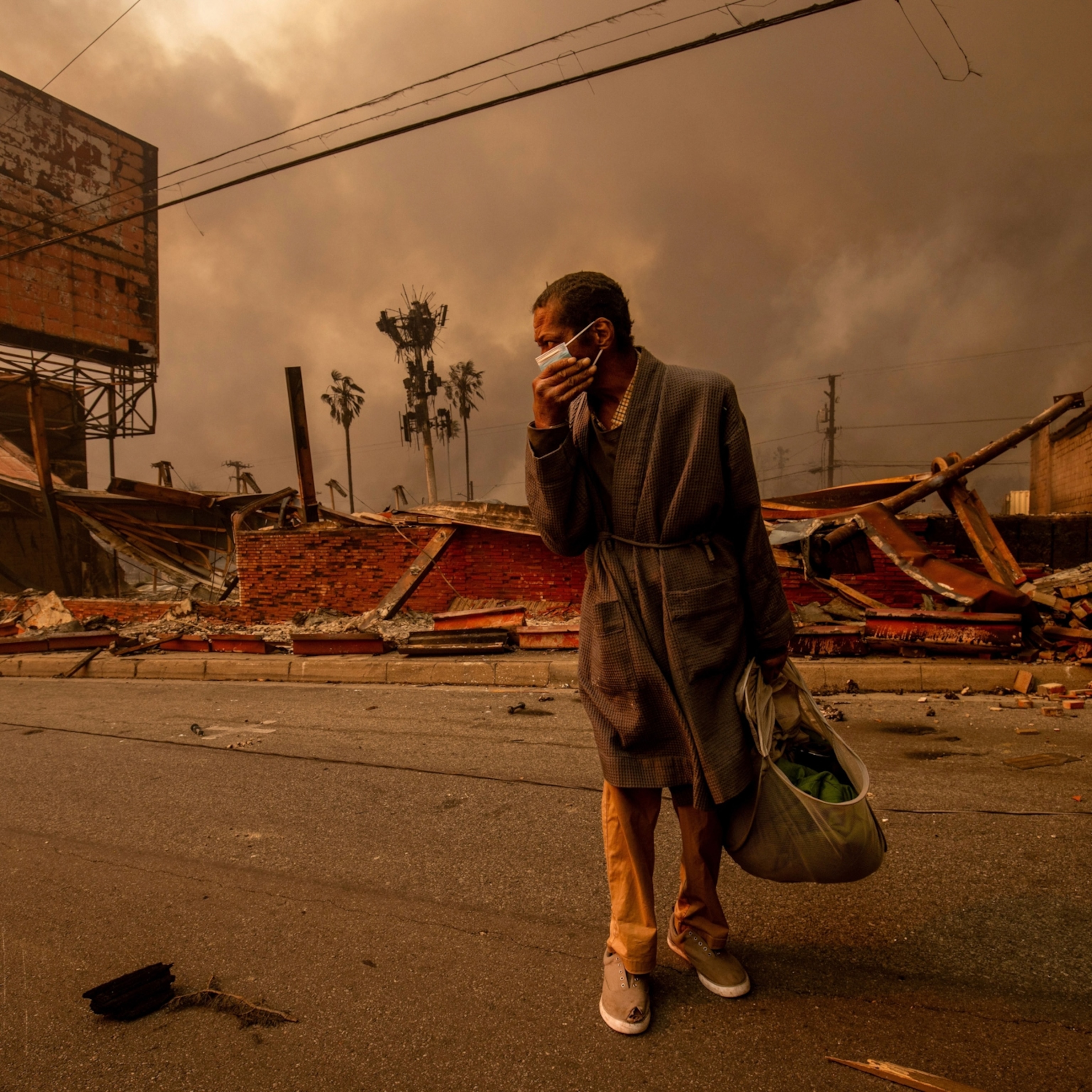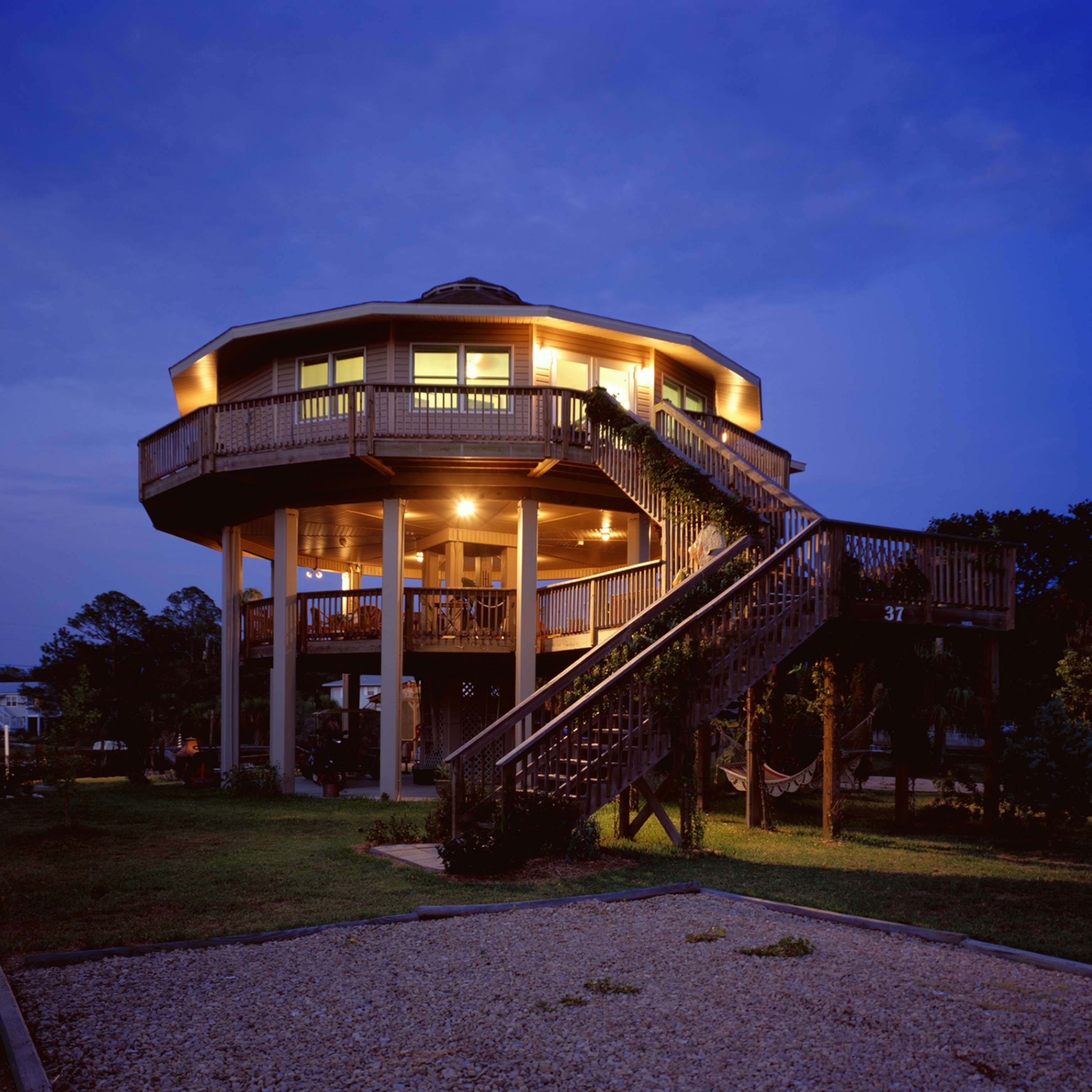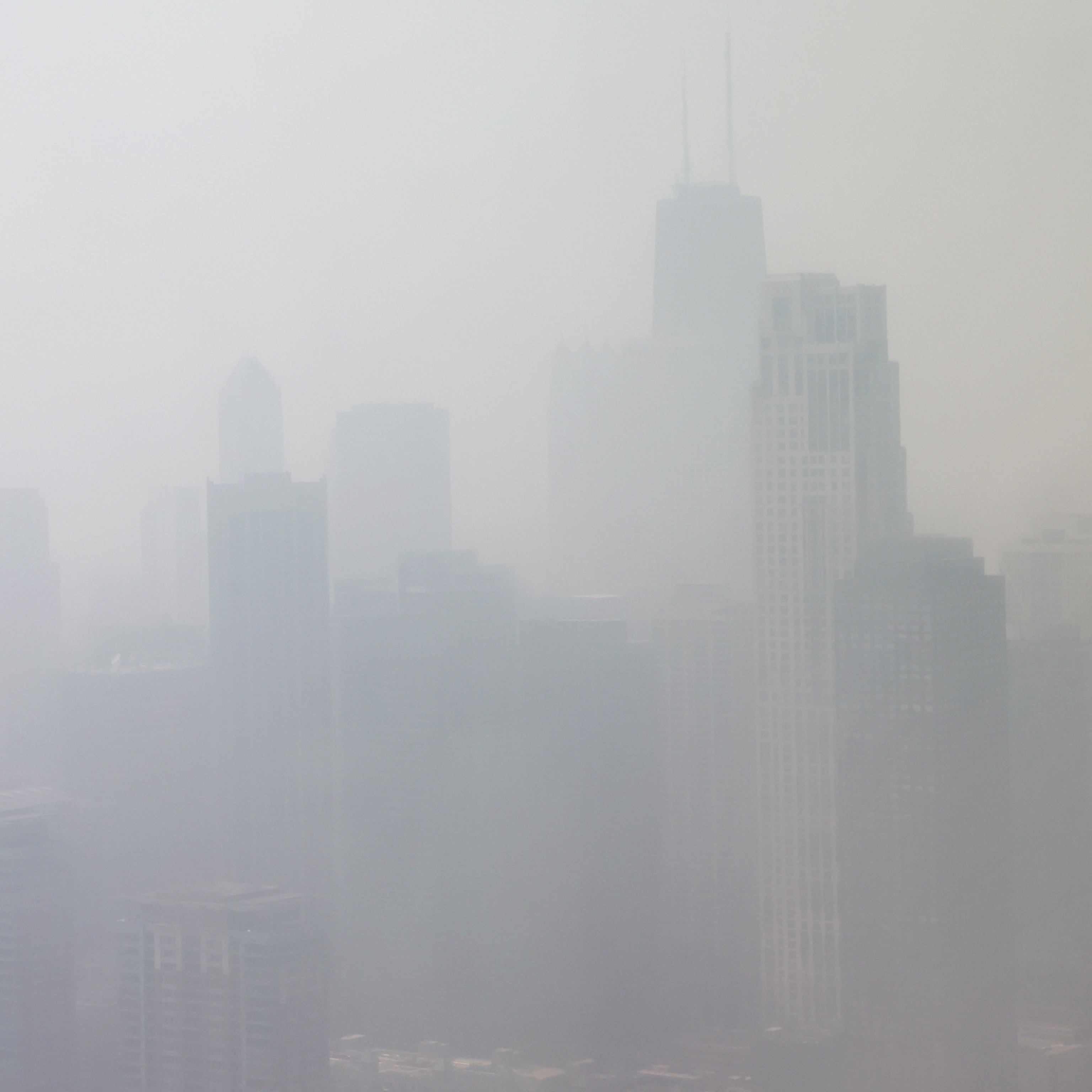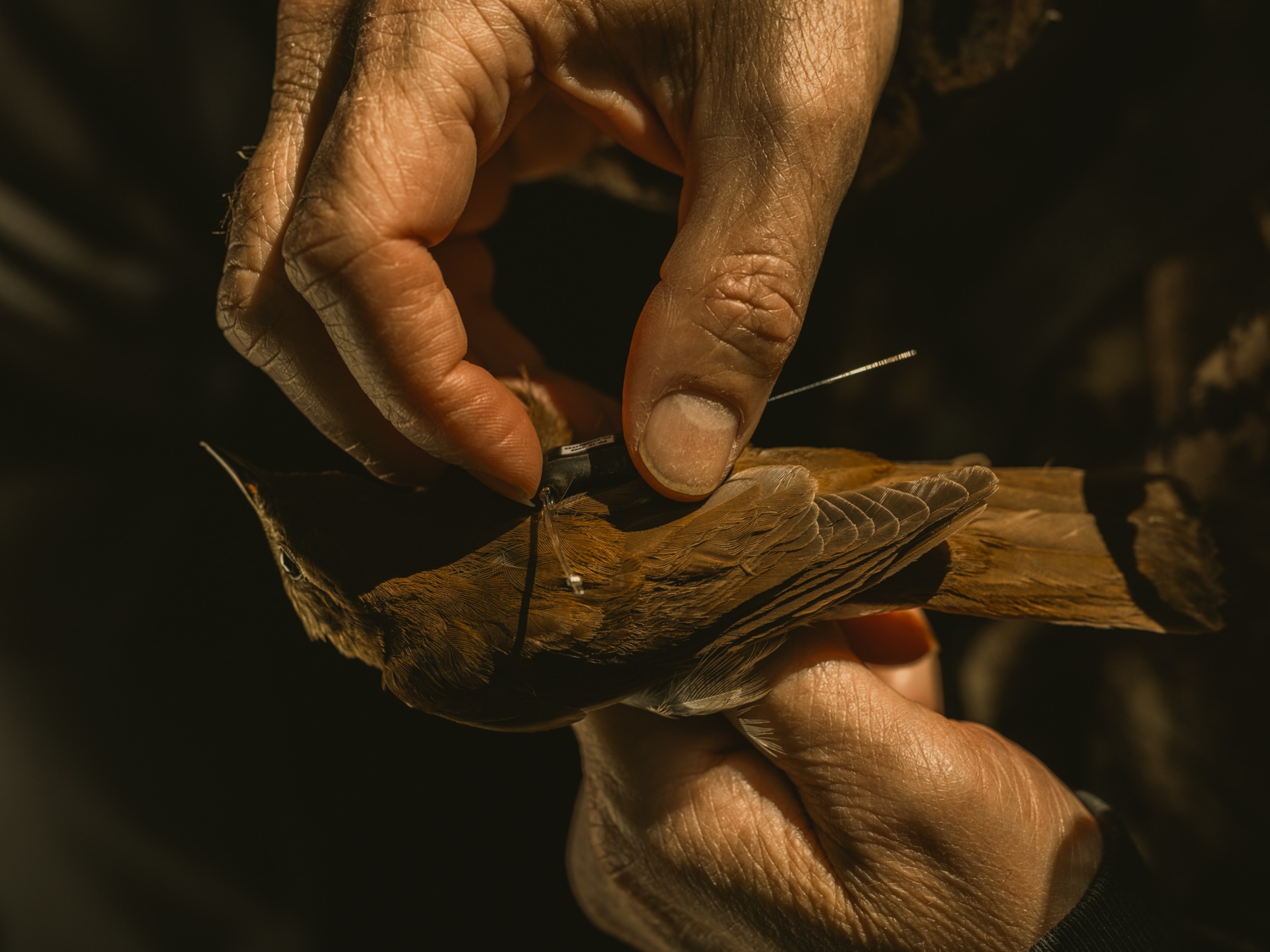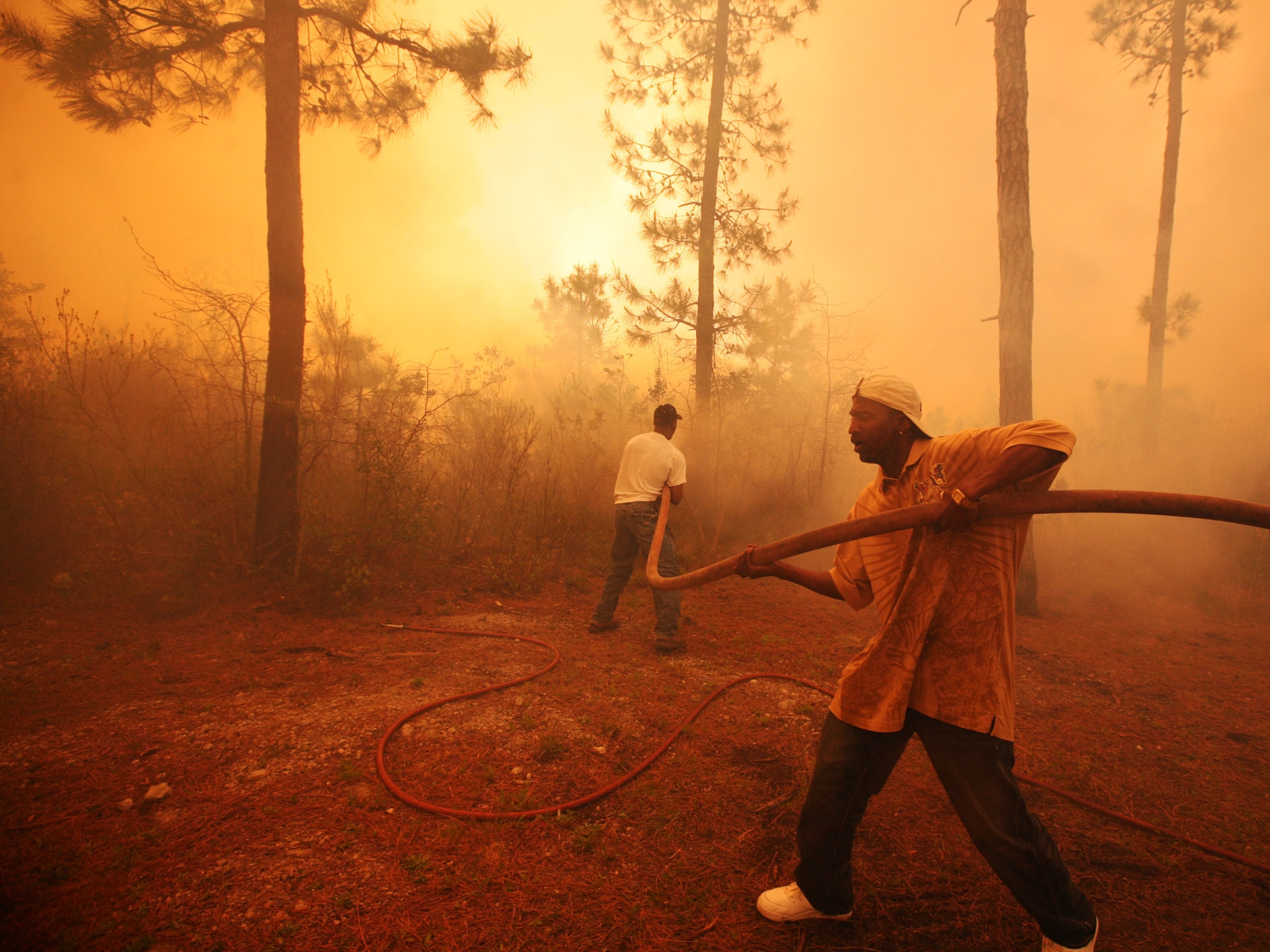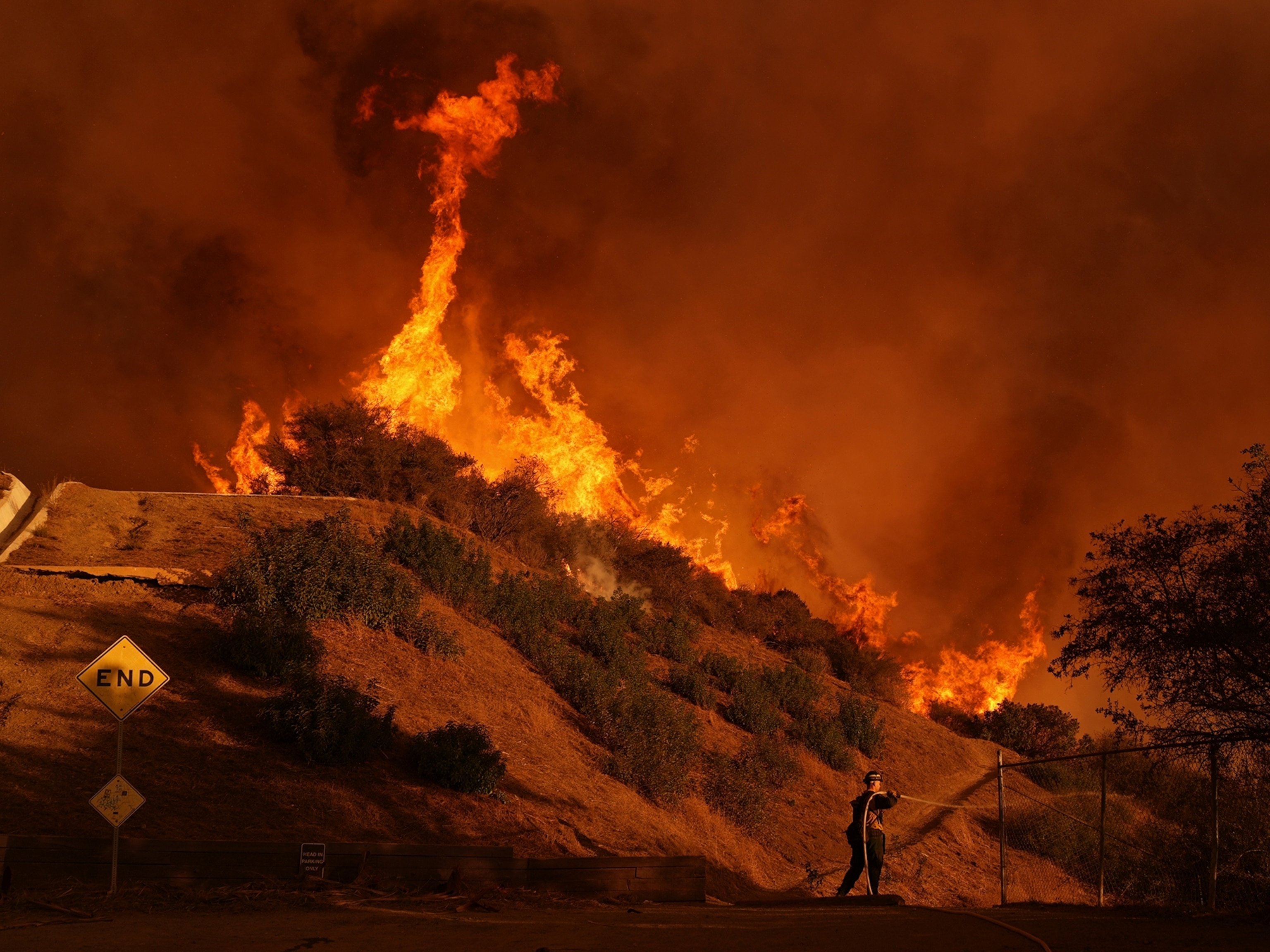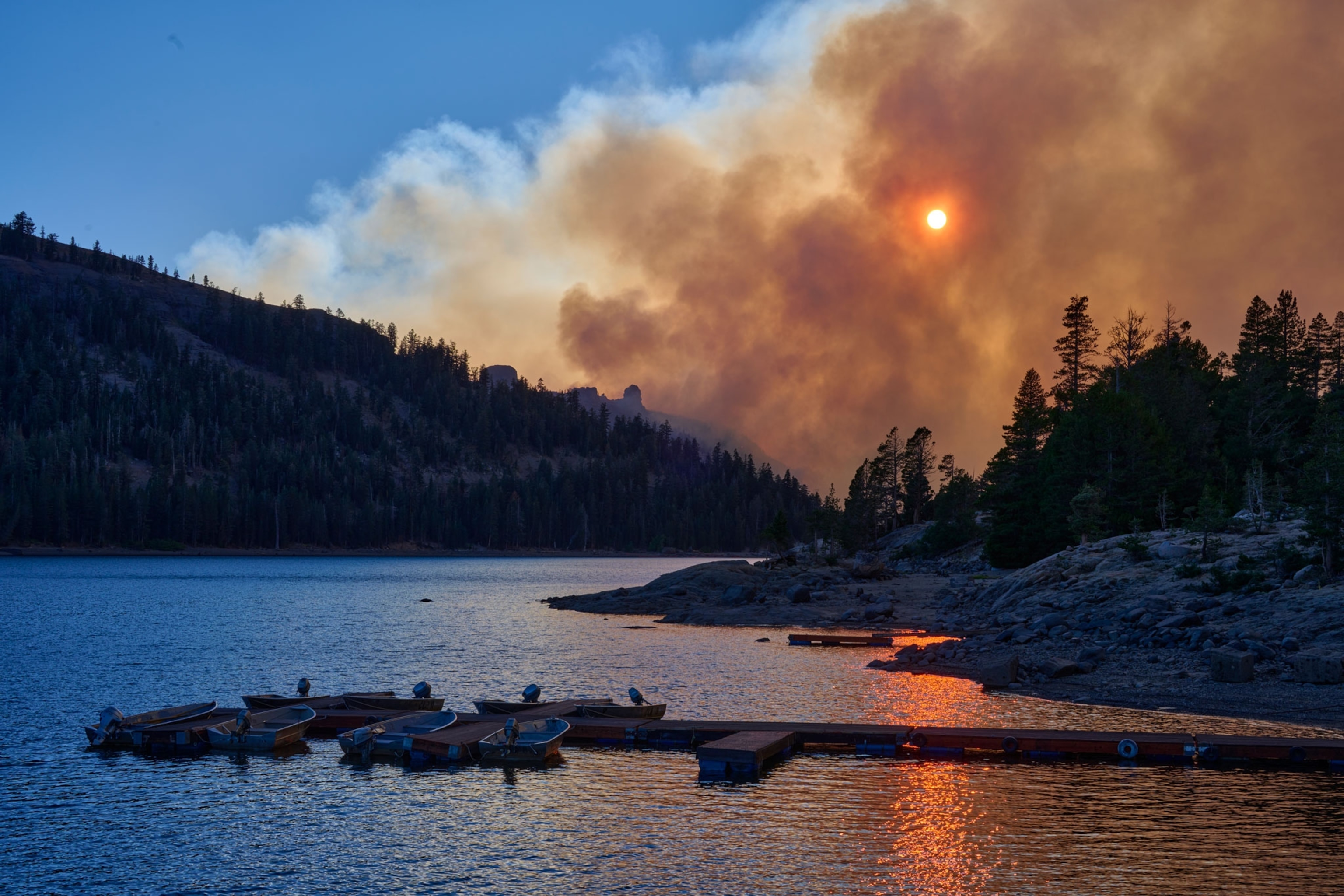
Wildfire season is getting longer—and more intense. Here's how to prepare.
The impacts of these blazes can increasingly be felt hundreds of miles away. Here are some ways to protect yourself from dangerous smoke.
People living in the U.S. Northeast recently faced the worst air in more than two decades when smoke from Canadian wildfires drifted southward, breaking pollution records and turning skies a deep orange.
Though wildfires and smoke events occur every year across the nation, we are accustomed to hearing most about those in the U.S. West, where blazes tend to be larger and burn more acreage.
The northern blanket of haze in June is a reminder that few places are immune to the effects of wildfire smoke. This is especially true as climate change drives conditions like extreme heat and drought, which can make wildfires worse and lead to longer fire seasons.
As summer months heat up, the potential for more fires is increasing. Here’s what you need to know before the next plume of smoke wafts your way.
What is in wildfire smoke, and how can I track it?
Wildfire smoke contains a mix of particulate matter, carbon dioxide, carbon monoxide, methane, and a variety of organic gases including volatile organic compounds (VOCs), among other substances.
Particulate matter—tiny bits of airborne liquids or solids such as dust and soot—is classified by size. Air quality ratings during smoke events highlight measurements of the smallest particulate matter, PM2.5. You can check these ratings at airnow.gov, which also maps fire and smoke plumes. Active fires in Canada are visible on the Canadian Interagency Forest Fire Center's website.
(Learn more about how the Air Quality Index works.)
"We've been doing research on wildfire smoke for about four decades now, and we just keep learning new things," said Amara Holder, a mechanical engineer at the U.S. Environmental Protection Agency (EPA)
For example, there are thousands of types of VOCs, and scientists are still trying to understand which ones might be present in wildfire smoke. They are also studying how fire conditions and fuels—whether they be trees, shrubs, or grasses—change smoke.
Why is wildfire smoke bad for you?
Even though wildfires are often a natural and necessary occurrence, that doesn't mean their hazards can be dismissed, Holder noted. "Natural smoke is not good smoke. All smoke is bad," she said.
Wildfire smoke and its components have been linked to respiratory disease, cancer, low birth weight, preterm birth, cognitive impairment, and other health problems. The fine PM2.5 pollution, wildfire smoke's main pollutant, is especially concerning because it can be inhaled deeply into the lungs and can reach the bloodstream. The risks are heightened for children, pregnant people, seniors, outdoor workers, and those who do not have in-home heating, ventilation, and air conditioning (HVAC) or a safe place to shelter.
Another concern comes with wildfires that reach buildings, producing more than just wood smoke, according to Brett Singer, a staff scientist at Lawrence Berkeley National Lab.
"Buildings contain a wide range of industrial building materials and are filled with everything we use in our daily lives, such as electronics, paint and cleansers, plastics, and insulation," he said. "Less is known about the byproducts of the inefficient burning of these materials than of trees in the forest."
(How long term smoke exposure might affect your body.)
How can I protect myself from wildfire smoke?
When air pollution reaches unsafe levels, people can take measures to mitigate the effects. The EPA offers guidance based on different air quality ratings. In general, a red level (unhealthy) or worse suggests most people should limit outdoor activity.
If you have a central HVAC system at home, close doors and windows and run the system on recirculate mode.
“For large homes, the best option can be to install a filter in the central heating or air conditioning system that is rated as MERV 13 and to set the fan to continuously move air through the system and the filter,” Singer said.
If you have a window air conditioner, the EPA recommends closing the outdoor damper. If this is not possible, in hot weather it is safer to seek shelter at a cooling center or other community location.
“Our common guidance is to go indoors and close doors and windows. For people who don’t have air conditioning, that could get too hot,” Holder said. “Going inside, having a window open, and running an air cleaner would be a solution to that, or going to a place that’s got clean air and cool air.”
When outside, wear an N95 mask, which can be very effective at reducing your exposure to particulate matter—but only if you wear it properly, Holder noted. Be sure the mask provides a good seal over your mouth and nose.
Finally, consider getting a home air quality sensor, which can provide real-time information about indoor air and serve as a reminder to turn on air cleaners.
"Sensors are a great tool for awareness and knowing that smoke is an issue," Holder said.
Air cleaners and purifiers—what you need to know
A portable air cleaner stationed in a closed room can be an effective way to protect yourself from wildfire smoke, experts say. If you buy one, be sure it is rated for the space where you plan to use it, and keep doors closed, Singer advised—and consider the noise level you'll tolerate.
"The advertised clean air delivery rate is typically for a device operating on its highest and loudest setting," he said. "For quieter operation, people may want to use the medium setting and will thus need devices with higher-rated airflows—or more devices."
A simple box fan attached to one or more furnace filters can also serve as an effective, do-it-yourself air cleaner. Based on a recent study of different box fan filter setups, Holder offers some tips. Make sure the fan you use was manufactured after 2012, since older fans pose an overheating risk. Use a filter rated MERV 13 or higher—the thicker the better. While a single filter works fine, you can boost effectiveness by creating a wedge design with two filters or a square with four filters (examples here). Making a "shroud" with cardboard to fit around the edges of the fan blades is also a good way to increase efficiency (this page offers details).
Don't use ionizers or other ozone-generating devices billed as air purifiers, Holder advised. They aren't proven to clean the air and could introduce harmful pollution to your home.
Taking a long view
Having the tools to cope with degraded air has become a modern necessity and even a responsibility, argue the authors of a forthcoming book, This Is Wildfire: How to Protect Yourself, Your Home, and Your Community in the Age of Heat.
Nick Mott and Justin Angle suggest making box filter fans to donate and checking in with neighbors. For those who live in fire-prone areas, they detail various ways to harden your home, such as clearing out flammable debris.
(Polluted, orange skies are the future—our wildfire photographer has advice.)
"There are pathways to a wildfire-adapted society," they write, "but the way forward requires something from all of us."
The practice of prescribed or controlled burning—where authorities intentionally set fire to certain areas to remove the material that contributes to intense, long-burning wildfires—may also introduce smoke that downwind residents will need to manage.
"Jurisdictions are increasingly using prescribed burning to reduce the risk of wildfires," Singer said. "Even if you can’t avoid exposure to wildfire smoke entirely, spending time each day in environments with clean air can help your body heal."

